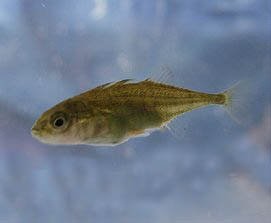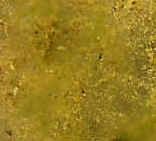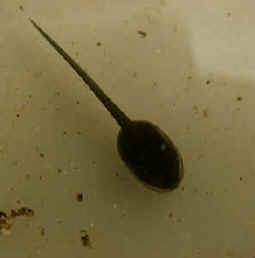 |
 |
 |
 |
 |
Discovery Trail
 |
 |
 |
 |
 |
You have come to the end of this Discovery Trail. Did you realise that the trail was following a food chain in the wetlands? (The Wetlands Discovery Trail starts here!) A Food Chain shows how things eat each other in turn. A Food Chain is shown as a line, with arrows connecting together the things which are eating each other. The arrow always points towards the one which is doing the eating. Most Food Chains start with plants. These are eaten by plant-eaters (herbivores), which are then eaten by meat-eaters (carnivores). For example: Grass The example given above is a very simple food chain with only one carnivore. However, food chains will usually have carnivores eating other carnivores, so there may be 5 or 6 different things in the food chain. Now see if you can pick out the food chain which you followed, from the four examples (A,B,C & D) shown below. Remember that for a Food Chain to work, each part of the sequence must be correct. In the examples below the initials GDB stand for Great Diving Beetle. |
Kingfisher |
|
Algae |
|
Tadpole |
|
GDB Larva |
|
Fish |
A |
| . | |||||||||
Tadpole |
|
Algae |
|
GDB Larva |
|
Fish |
|
Kingfisher | B |
| . | |||||||||
Algae |
|
Tadpole |
|
GDB Larva |
|
Fish |
|
Kingfisher | C |
| . | |||||||||
| GDB Larva | Tadpole | Fish | Kingfisher | Algae | D | ||||
Many food chains linked together are called a food
web.
You can find out about food webs here.
Now Discover Lifecycles